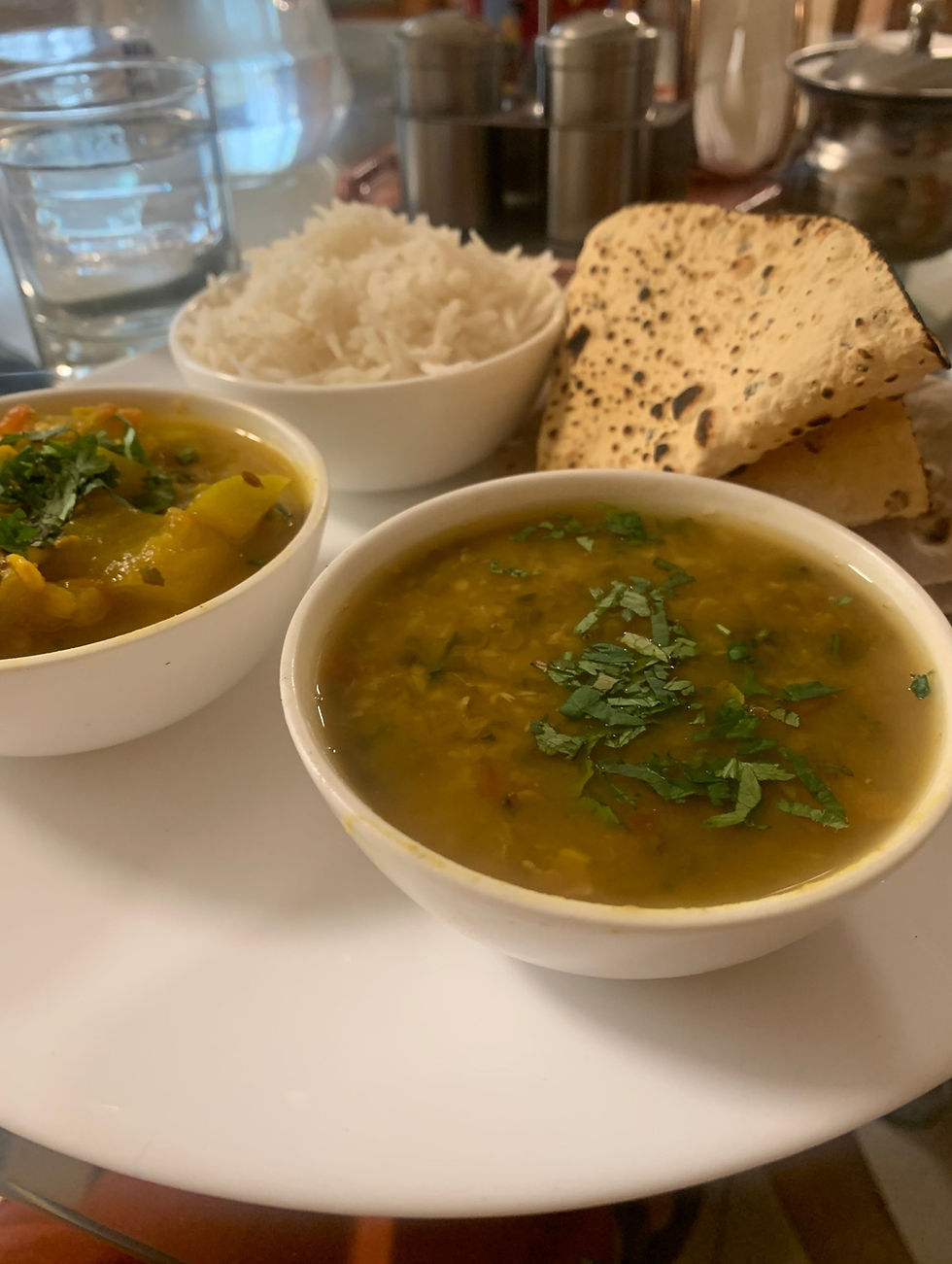Along came poly (phenols)
- artilakhani
- Jun 20, 2023
- 2 min read
Updated: Jun 21, 2023
What do pomegranates, dark chocolate and almonds have in common? Well a lot, but one major factor is that they all contain Polyphenols.

What are polyphenols
Polyphenols are known for their antioxidant properties, meaning they can help protect cells from damage caused by harmful molecules. Polyphenols contribute to the plant's defence system in order to protect it from harsh environmental factors.
Polyphenols are split into different types, the most common being phenolic acids, flavonoids, stilbenes and lignans. Antioxidant-rich polyphenols may prevent oxidative stress which is caused by pollution, UV rays, poor diets and smoking, and therefore have an impact on slowing down skin ageing.
Polyphenols have been linked to cardiovascular health benefits. They may help improve blood pressure, reduce LDL (bad) cholesterol levels, prevent the oxidation of LDL cholesterol, and enhance the function of blood vessels, all of which contribute to a healthier cardiovascular system. This study examines the link between High-cocoa polyphenol-rich chocolate improves HDL cholesterol in Type 2 diabetes patients
It's important to note that the health effects of polyphenols are still an active area of research, and the specific mechanisms of action and optimal intake levels are not yet fully understood. However, incorporating a diverse range of polyphenol-rich foods into a balanced diet is generally considered beneficial for overall health and well-being.
“It is important to view the foods for all their properties as they will have some good and some not so good elements.”
Where else can we find them?
Polyphenols are naturally present in a wide variety of plant-based foods. Here are some common food sources that are rich in polyphenols:
Fruits: Berries (such as strawberries, blueberries, raspberries, and blackberries), cherries, grapes, apples, pomegranates, oranges, citrus fruits, and tropical fruits like mangoes and pineapples.
Vegetables: Spinach, kale, broccoli, artichokes, onions, garlic, tomatoes, red cabbage, bell peppers, and cruciferous vegetables like cauliflower and Brussels sprouts.
Legumes: Lentils, chickpeas, black beans, kidney beans, and green beans.
Whole Grains: Whole wheat, oats, barley, brown rice, quinoa, and buckwheat.
Nuts and Seeds: Almonds, walnuts, pecans, flaxseeds, chia seeds, and sesame seeds.
Herbs and Spices: Cloves, cinnamon, oregano, thyme, rosemary, turmeric, ginger, and cocoa powder.
Beverages: Green tea, black tea, white tea, coffee
Dark Chocolate: Dark chocolate with a high percentage of cocoa (70% or higher) is a good source of polyphenols. However, it's important to consume it in moderation due to its calorie and sugar content.
We often hear people say ‘this is good for you, it has these benefits in it’. However it is important to view the foods for all their properties as they will have some good and some not so good elements.
I like to think of it in a similar way to how we know water is good for us, but it doesn’t quite work the same when we order a whiskey with water. Even though it has the good part in it, we need to look at the whole.
To maximise your polyphenol intake, it is recommended to consume a diverse range of fruits, vegetables, whole grains, nuts, seeds, and herbs/spices as part of a well-balanced and varied diet.




Commentaires